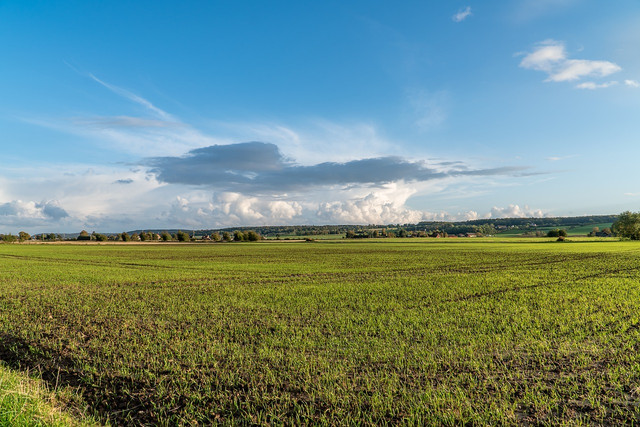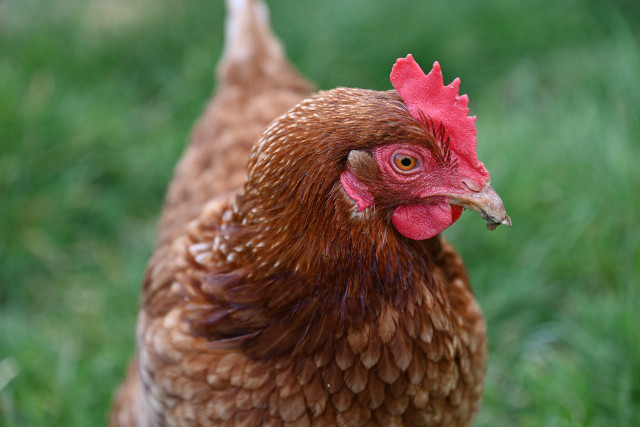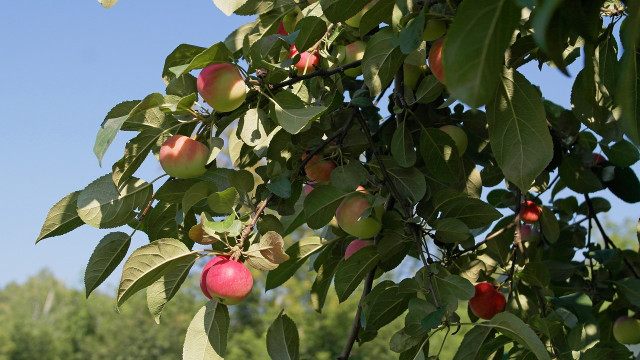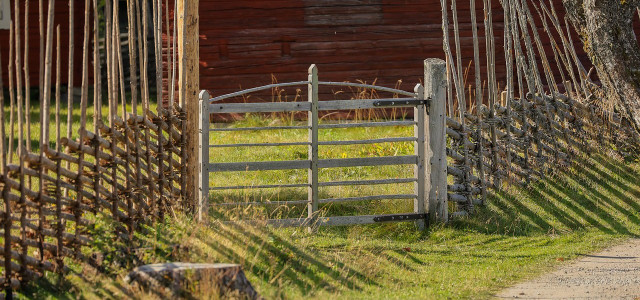Starting a homestead can be as rewarding as it is challenging. However, with careful planning, you can have a thriving homestead in as little as 10 months — just follow these steps.
Homesteading is a lifestyle of self-sufficiency that focuses on living off the land. It can be a rewarding (and challenging) experience. Starting a homestead does not have a rulebook — it’s all about finding what works best for you. With careful planning and dedication, a thriving homestead can provide for you and your family for years.
However, it is a lifestyle, so you really have to commit to homesteading to succeed. Similar to living off-grid, homesteading means working hard every day, and there are a few things you should think about before you start.
If you’re searching for inspiration or just on the fence, you’re in the right place! This step-by-step guide on how to start a homestead in 10–20 months is a great way to see if homesteading is for you. We’ll give you an overview of how to start a homestead, cover exactly what you need to do, and discuss how much time you can expect to commit to this project.
1. How to Start a Homestead: Good Planning and the Right Location (1-3 Months)

Finding the right location is as important as the soil is to the seed: it is the foundation of everything you’ll build. If you plan to embark on this journey of living more self-sufficiently in the US, check out our list of the best states for homesteading.
It’s important to assess the lay of the land when considering how to start a homestead. This means looking at the arrangement of any piece of land you consider to ensure that any potential crops will have everything they need to thrive. To determine if the land is suitable, ask yourself these questions:
- Is the soil good for growing crops?
- Are there any nearby water sources?
- Is there enough sunlight?
Next, think about the climate:
- How hot or cold is it?
- Is the area susceptible to flooding or drought?
Don’t forget about accessibility:
- Can you reach the location by road?
- Is there a town or city nearby where you can get supplies or sell your produce?
Finally, consider the local laws and regulations and the history of the land. You want to avoid buying land with potential environmental hazards or legal difficulties. You may want to work with a real estate agent specializing in rural properties.
2. Financing Your Homestead and Purchasing Land (1-6 Months)



When it comes to purchasing your homestead, you have to have a solid financial plan in place, and your overall budget will depend on several factors. Living sustainably on your homestead doesn’t have to be expensive. It’s possible to learn how to start a homestead on a sustainable shoestring budget.
To realistically estimate how much money you’ll need to start a homestead, consider all of your expenses:
- Research land prices in the areas you’re interested in, and be sure to factor in any additional costs, such as property taxes or surveying fees.
- Calculate the cost of any infrastructure you’ll need to build, such as a house, barn, fencing, or irrigation system. Furthermore, you should include the cost of any equipment or tools you will need, such as tractors or gardening tools.
- Consider your ongoing expenses, such as food, water and utilities. The cost of seeds, feed or veterinary care for your animals may need to be factored in depending on your goals.
- Consider any income you might earn from your homestead, such as selling crops, eggs or meat. This can help you make starting a homestead venture more financially sustainable.
When you have created your budget, make sure to add a buffer for unexpected expenses or emergencies. This can be for anything from medical bills to repairs and rebuilding after extreme weather events. Anticipating these types of expenses in your budget will help provide some stability to what can be an unpredictable lifestyle. As things change, make sure you adjust your budget as needed and revisit it periodically.
Finally, after finding a suitable location and making a budget, you will need to purchase the land. If you live in an area where land is scarce, this step may take longer. Negotiating the purchase and completing any necessary paperwork can take some time.
3. Building Infrastructure (6-12 Months)



The success of your homestead depends on having the right infrastructure before you can start farming. Depending on the condition of the property you acquire, you may need to build or repair existing structures. This stage will likely require a substantial investment of time and resources, but it is essential if you want to start a functional homestead.
The first thing you should do is assess your needs: What kind of facilities do you need for your homestead? This will depend on various factors, including the size and layout of your property, the types of crops you plan to grow, and the animals you intend to raise.
For example, if you plan to have a large garden, you must set up an irrigation system to ensure your plants receive enough water. If you’re raising animals, you must build pens and fences. If you plan to generate your own electricity, you may have to install solar panels or a wind turbine.
Don’t forget about the importance of sustainability. Sustainable building materials and eco-friendly infrastructure that is energy efficient will help you reduce your environmental impact and save money on your utility bills.
4. Start a Homestead Farm (2 Months – 3 Years)



When considering how to start your homestead, you should also consider whether you want a full farm or just a garden. Once all the necessary infrastructure is in place, you can begin building (at minimum) a garden. This is the stage where you will start seeds and raise animals. If you intend to raise livestock, you must buy or acquire them now.
In your planning phase, you should have ideally found which crops will thrive in your specific environment and are well-suited to your farming goals and practices. Learning the ancient farming practice of crop rotation can help you get the most out of your land.
Next, consider how many animals you want to keep, if any. Do you want to use the livestock primarily as a source of income, or do you want to use them for food? You’ll need to consider the space and resources you have available, as well as the time and effort required to care for them.
NOTE: You don’t have to raise animals on your homestead if you live a vegan lifestyle. You can instead focus on growing a diverse array of fruits and vegetables that are suited to your soil and climate.
When acquiring crops and livestock, you should work with reputable suppliers who will provide you with high-quality seeds, plants and animals. Find suppliers who have experience working with homesteaders and who can give you guidance and support throughout the process.
5. Maintaining Your Homestead (Ongoing)



Starting a farmstead doesn’t end once it’s built. There is still more work to do to keep your homestead healthy. You’ll need to keep up with many daily tasks, like watering and fertilizing your crops, caring for your animals, fixing and maintaining your infrastructure, and dealing with pests and diseases. This can take several hours each day.
You’ll also need to stay up-to-date on the latest farming techniques and technologies and be willing to try new ideas and practices. This is important for your homestead’s long-term success. You can expect to start seeing the results of your hard work in a few months as your crops grow and your animals start producing.
As time goes on, you can continue to improve your homesteading practices, building on your successes and learning from your mistakes. Homesteading is a process, not a goal. It takes time, effort, and dedication to build a self-sufficient and sustainable lifestyle, but the rewards can be abundant. With persistence and love of the land, you can create a homestead that provides you with everything you need to live a fulfilling and rewarding life.
Read more:
- How To Store Potatoes to Keep Them Fresh Longer
- Bug Hotels: How to Build Your Own Insect House
- 6 Best Goats for Pets: Types and Breeds to Keep
Do you like this post?






